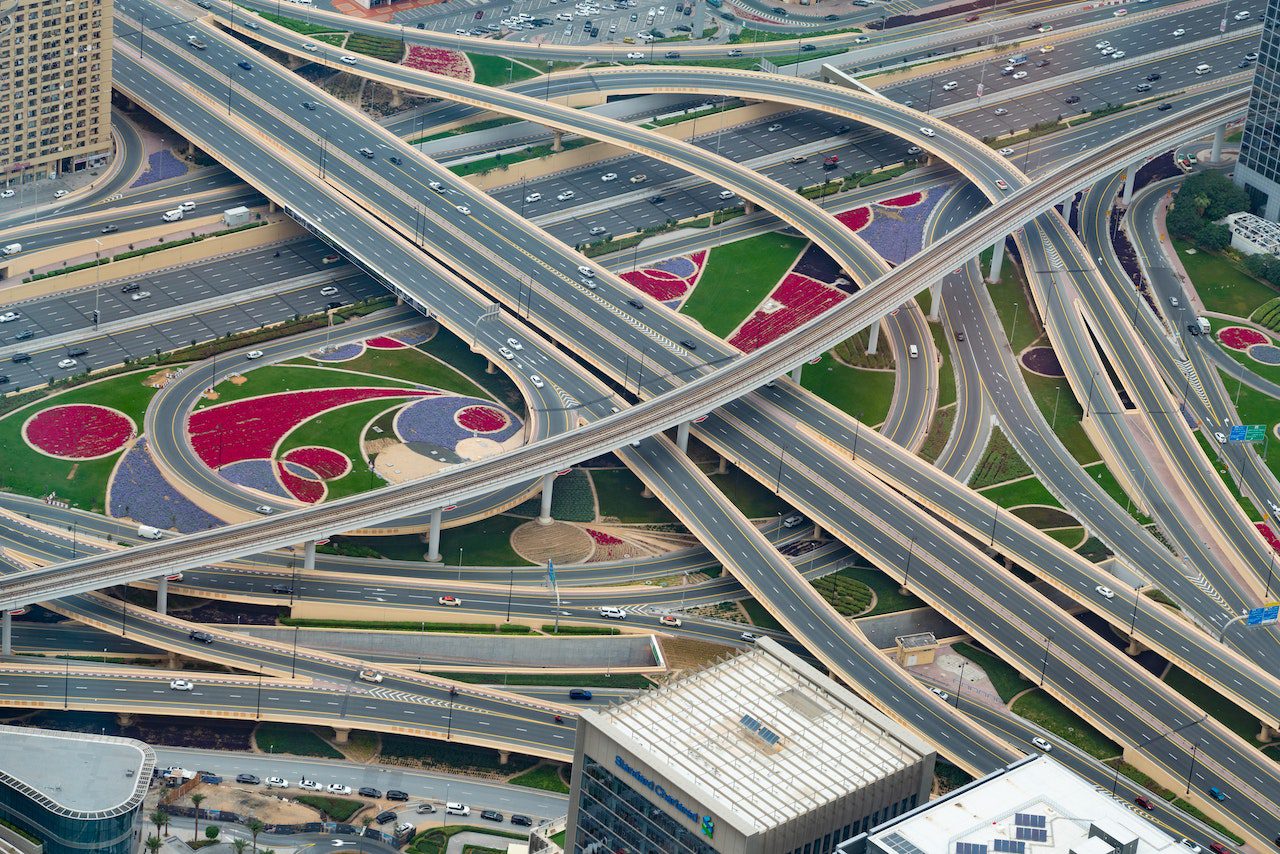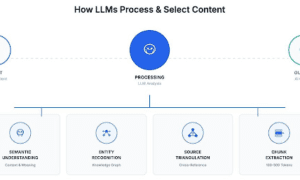Infrastructure development plays a vital role in promoting economic growth and societal progress. It encompasses physical structures such as roads, bridges, water and sanitation systems, and communication networks. These projects have a far-reaching impact, not only in enhancing transportation and connectivity but also in creating job opportunities, improving public health, and promoting safety and security.
However, building and maintaining infrastructure can be costly, and for this reason, governments around the world rely on tax revenues to finance these projects. Taxes and infrastructure are thus inseparably connected, as efficient taxing systems are necessary to ensure the proper functioning of any infrastructure project.
In this blog post, we will discuss how tax revenues can be used to build better infrastructure and how this investment can benefit individuals and communities in the long run.
Investing in Comprehensive Planning and Design
Before undertaking an infrastructure project, it is crucial to conduct a thorough analysis of the potential benefits, costs, and risks involved. This process requires the involvement of experts from various fields, including engineers, architects, urban planners, and environmentalists. Using tax revenues to fund this stage ensures that the infrastructure project is well thought out and designed to optimize its benefits. Comprehensive planning and design can also minimize the risk of unforeseen problems and unnecessary spending down the line.
Prioritizing Maintenance and Repair
Maintaining and repairing existing infrastructure is just as critical as building new ones. Worn-out roads, bridges, and pipes can cause accidents, inconvenience, and health hazards. In 2017, the American Society of Civil Engineers estimated that the US would need to spend $2 trillion in the next decade to maintain and upgrade its infrastructure. Using tax revenues to fund these projects can prevent more expensive repairs later on, promote safety and health, and ensure that the existing infrastructure continues to operate efficiently.
Investing in Sustainable Projects
Environmental sustainability is an essential aspect of infrastructure development. A sustainable project takes into consideration the long-term impact on the environment and the ecosystem. It also ensures that the infrastructure is resilient to natural disasters and climate change. Renewable energy systems, water conservation initiatives, and waste management facilities are examples of sustainable infrastructure projects. Using tax revenues to finance such projects can benefit communities and the environment in the long run.
Creating Job Opportunities
Infrastructure projects require a broad range of skills, from laborers and construction workers to engineers and managers. These projects can boost local job growth and reduce unemployment rates. According to a study conducted by the Economic Policy Institute, every $1 billion investment in infrastructure can create 13,000 to 17,000 jobs. Tax revenues allocated to infrastructure projects can have a significant impact on the job market and the economy.
Promoting Equity and Social Cohesion
Infrastructure projects that connect remote or marginalized communities to essential services and transportation networks can help reduce social inequalities and promote inclusivity. In many cases, marginalized communities lack access to basic amenities such as clean water, sanitation facilities, and reliable transportation networks. Using tax revenues to fund infrastructure projects in these communities can promote social cohesion, foster economic development, and improve the quality of life.
Conclusion
In conclusion, using tax revenues to build better infrastructure is a wise investment. Infrastructure projects have far-reaching economic, social, and environmental benefits, and they play a vital role in promoting sustainable development. Governments around the world can harness tax revenues to fund infrastructure projects that prioritize comprehensive planning and design, maintenance and repair, sustainability, job creation, and social equity. By investing in better infrastructure today, we can build a stronger, more resilient, and more inclusive society for tomorrow.





























